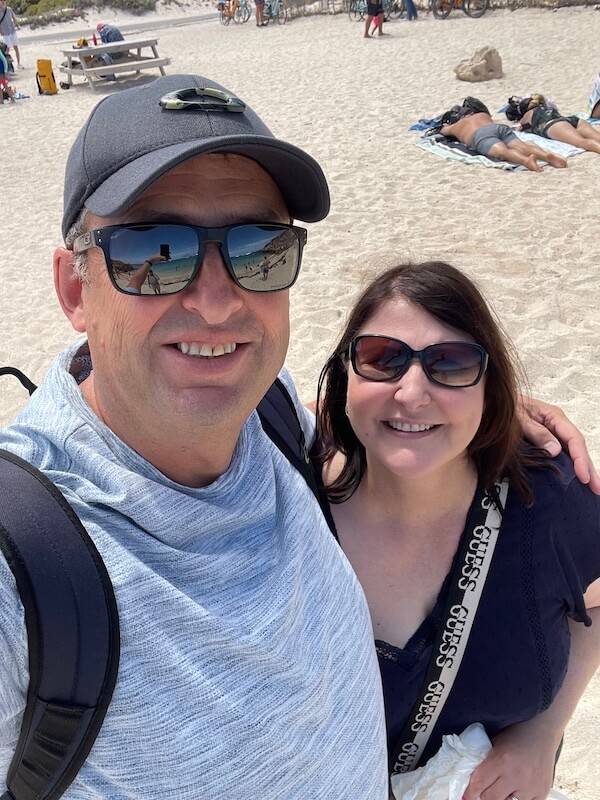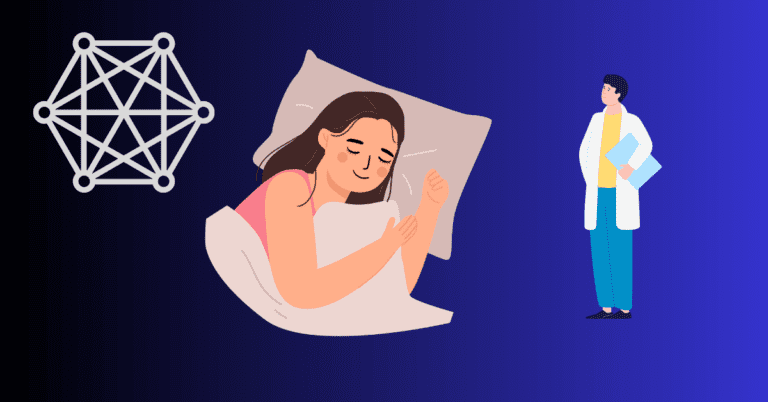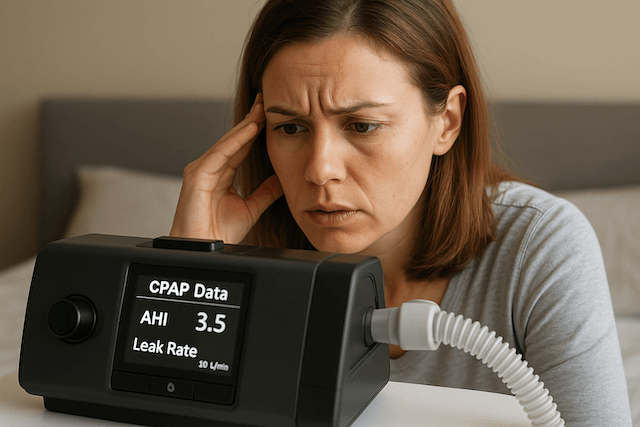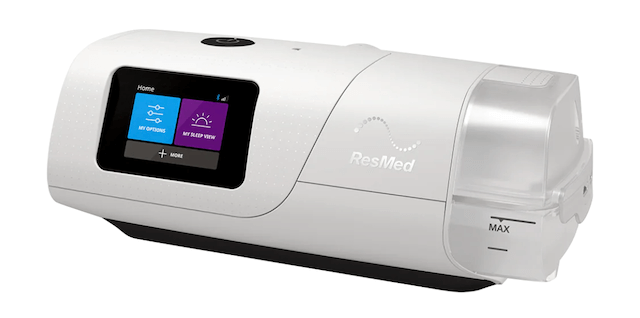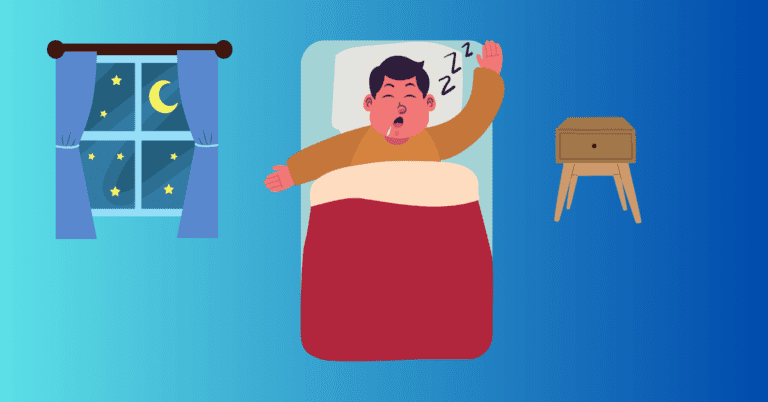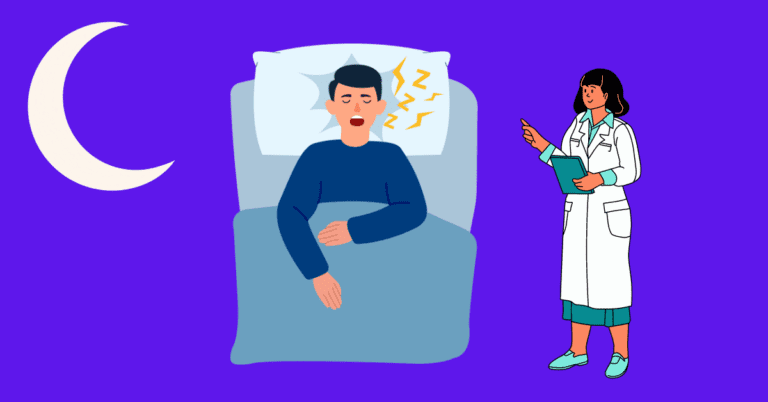How to Prevent Mouth Breathing on CPAP
Jeremy Smith is a long-term CPAP user and sleep apnea advocate. After being diagnosed with severe obstructive sleep apnea, he created ByJeremySmith.com to help others navigate CPAP therapy through personal stories, gear reviews, and practical advice.
If you wake up with a dry mouth or feel like your CPAP therapy isn’t working as it should, mouth breathing might be the culprit.
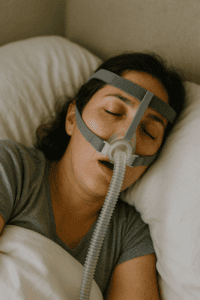
I’ve been there myself—diagnosed with severe sleep apnea, I struggled with mouth leaks that left me parched every morning and robbed my therapy of its full benefits.
The good news is that there are proven strategies for stopping mouth breathing and finally getting the restful, adequate sleep you deserve.
Why Mouth Breathing is a Problem on CPAP
CPAP machines are designed to keep your airway open with continuous airflow, but you lose pressure when you breathe through your mouth—especially while using a nasal or nasal pillow mask. This can lead to:
- Reduced therapy effectiveness
- Dry mouth and throat
- Poor sleep quality
- More frequent waking
If you notice your AHI creeping up or wake up feeling groggy despite using your machine all night, it’s time to look into how to stop mouth breathing.
Signs You’re Mouth Breathing at Night
Not sure if this is your issue? Here are a few telltale signs:
- You wake up with a dry mouth or sore throat
- Your bed partner hears you snoring despite using CPAP
- You notice air leaks on your CPAP data
- You feel like you’re not getting restful sleep
Let’s dive into solutions.
1. Use a Full Face Mask
Switching to a full-face CPAP mask is one of the most effective ways to handle mouth breathing.
These masks cover both your nose and mouth, allowing the machine to deliver consistent pressure even if you breathe through your mouth.
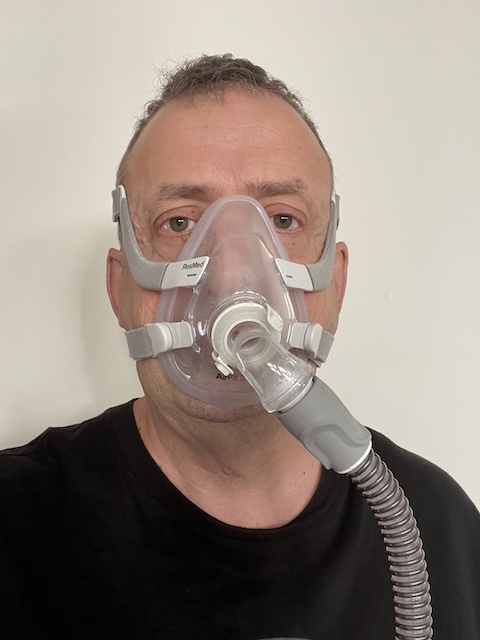
If you’re unsure which style is right for you, check out my guide on how to choose a CPAP mask. I go over the pros and cons of each mask type and how to get the best fit based on your sleeping position and comfort needs.
Also, compare different CPAP mask types to understand what might work better if you tend to shift between nose and mouth breathing.
2. Try a Chin Strap
If you prefer your nasal or nasal pillow mask, don’t worry. A simple chin strap can be a game changer. It wraps around your head and gently supports your jaw, keeping your mouth closed during sleep.
Chin straps are affordable and noninvasive, and they often work well for people without chronic nasal congestion or deviated septums.
3. Consider a CPAP Pillow
I didn’t realize how much my pillow impacted my therapy until I tried a CPAP-specific pillow.
These pillows are designed to support your head and neck while minimizing pressure on your mask.
They are especially helpful if you use a full-face mask and are worried about leaks from mouth breathing.
Here’s my go-to list of the best CPAP pillows that actually make a difference. A better pillow can lead to a better seal and reduced mouth leaks—plus, they’re just more comfortable.
4. Focus on Nasal Health
One overlooked cause of mouth breathing is simply the inability to breathe well through your nose. If your nasal passages are blocked, your body naturally switches to mouth breathing to get enough air.
Here are a few nasal tips:
- Use a saline rinse before bed
- Try a nasal dilator or breathing strip
- Consider allergy meds if congestion is seasonal
- Talk to an ENT if you suspect structural issues
I personally use a saline spray every night. It’s simple, cheap, and helps keep my nasal passages clear.
5. Check Your Mask Fit and Supplies
An ill-fitting mask can leak or shift during the night, prompting your mouth to open and your breathing to start independently. Make sure your gear fits snugly and that you’re replacing parts regularly.
If you’re unsure when or what to replace, check out this guide to CPAP supplies—it covers when to replace masks, filters, cushions, and more to keep your therapy practical and hygienic.
6. Build a Consistent Routine
Like anything in life, consistency helps. Get into the habit of prepping your equipment the same way each night. This could include:
- Adjusting your headgear
- Using a chin strap
- Running a humidifier to reduce dryness
- Doing a quick fit check in front of a mirror
Also, remember to keep your machine clean—bacteria buildup can irritate your airways, leading to congestion and—you guessed it—mouth breathing.
7. Talk to Your Doctor or Sleep Specialist
If you’ve tried all of the above and still can’t stop mouth breathing, it’s time to consult a professional. There could be an underlying medical issue, such as a deviated septum, enlarged tonsils, or chronic sinusitis.
Remember to ask about your insurance coverage. Many plans will help pay for new masks, chin straps, or even upgraded machines. I break it all down in this post: Does insurance cover CPAP?
Final Thoughts
Preventing mouth breathing on CPAP isn’t just about comfort—it’s about ensuring your therapy works as it should.
A few small changes—like upgrading your mask, using a chin strap, or switching pillows—can dramatically improve your sleep quality.
Trust me, I’ve lived through the frustrating trial-and-error phase. But once you find the right combo, everything clicks. You wake up clearer, more energized, and with way fewer dry-mouth mornings and headaches.
If you’re starting your CPAP journey or still tweaking your setup, take a look around byjeremysmith.com for more helpful tips, reviews, and personal experiences that can make all the difference.
Disclaimer: The content on this blog is for informational and educational purposes only and is not a substitute for professional medical advice. Always speak with your doctor or sleep specialist before starting, stopping, or changing any treatment or therapy related to sleep apnea or CPAP use.
